Reserve Bank resists pressure to lift interest rates
The Reserve Bank believes jobs in lockdown will have been recovered by Christmas, but its board has flagged it will continue to stimulate the economy.
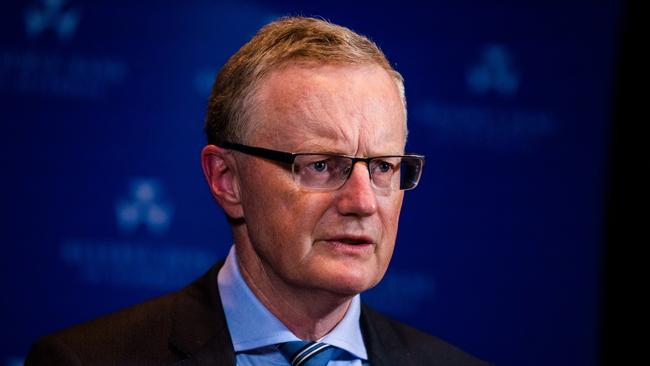
The Reserve Bank believes all the jobs lost due to Delta lockdowns will have been recovered by Christmas as restrictions ease in NSW and Victoria, but its board has flagged it will continue to stimulate the economy to maintain the pace of the recovery.
Minutes of the RBA’s October 5 board meeting show the bank remains determined not to raise interest rates until 2024, despite rising housing prices, because it sees no signs of wage growth emerging in the labour market.
The predicted jobs rebound comes as business groups call for a dramatic increase in skilled migration to head off skills shortages as the economy recovers.
Josh Frydenberg flagged a review of the nation’s migration policies after the Australian Chamber of Commerce and Industry urged the government to nearly double the intake of qualified workers over the coming five years to avoid a looming “skills crunch” following the pandemic.
The Treasurer on Tuesday said the closing of the international border since early last year would “have an impact on our economy and the ageing of our population, because we know migrants tend to be of a younger age”.
“These are issues I’m thinking through in terms of the size and composition of our migration program,” Mr Frydenberg said.
Despite the dire warnings from industry groups about difficulty finding staff, the RBA minutes noted “the recent lockdowns and earlier reports of labour shortages had not appeared to affect most firms’ expectations for wages growth, which were generally returning to around pre-pandemic norms”.
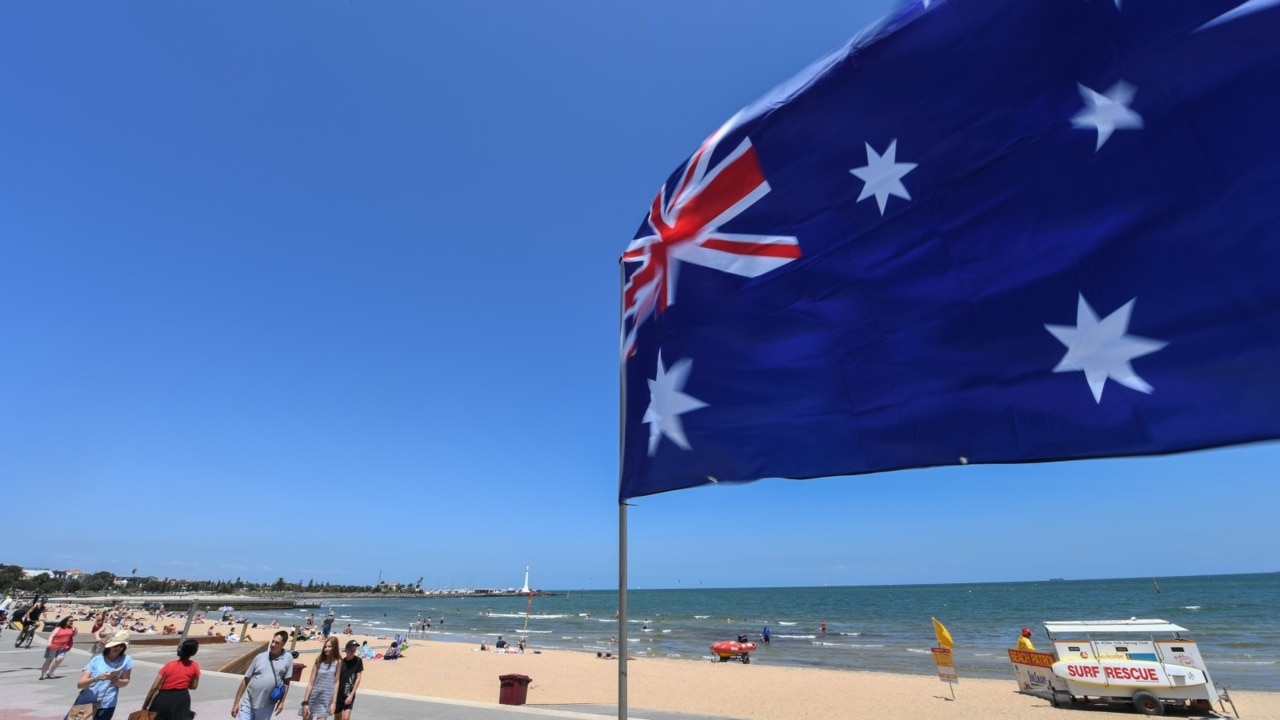
This was a marked difference to advanced economies such as the US, Britain and New Zealand, where central banks are under increasing pressure to tighten monetary policy to address a spike in inflationary pressures.
“While reduced labour force participation had seen some countries experience wage pressures before employment had returned to pre-pandemic levels, this was not the case in Australia,” the minutes read. “Even in industries that had experienced strong labour demand, wages growth remained subdued.”
The minutes showed board members acknowledged the trade-off between keeping rates at nearly zero and increasing risks to financial stability thanks to the property market boom.
But with pay rises subdued and inflation expected to remain supine, the board remained committed to holding the cash rate target at 0.1 per cent until 2024, and instead flagged the potential for further lending restrictions in coming months.
“While less accommodative monetary policy would, all else equal, see lower housing prices and credit growth, it would result in fewer jobs and lower wages growth, which would in turn create further distance from the goals of monetary policy – namely, full employment and inflation sustainably within the target range,” the minutes read.
The RBA minutes flagged that “recent levels of loan commitments suggested housing credit growth could reach a six-month-ended annualised rate of around 10 per cent by early 2022” – or more than five times annual wages growth and above levels RBA governor Philip Lowe had highlighted as potentially problematic for financial stability.
The minutes showed board members discussing “other options that could be used to improve borrowers’ buffers would be portfolio restrictions on individual lenders’ shares of lending at high debt-to-income ratios and/or high loan-to-valuation ratios”.
Bank economists expect the red-hot property market to cool significantly next year as affordability bites, regulators ramp up lending restrictions, and expectations of rate rises grow.
Goldman Sachs on Tuesday forecast home prices would jump by 22 per cent this year, and then slow to 5 per cent in 2022 before stagnating and even slipping over the following two years.
Board members noted the central bank’s most likely scenario “envisaged the level of employment, unemployment and participation to have broadly recovered to pre-Delta levels by around the end of the year,” although there was “considerable uncertainty around this projection”.
With job vacancies remaining 20 per cent above pre-Covid levels despite the lengthy lockdowns in NSW, Victoria and the ACT, the RBA board also discussed how “forward-looking indicators of labour demand had been much more resilient than they had been during the lockdowns in 2020”.


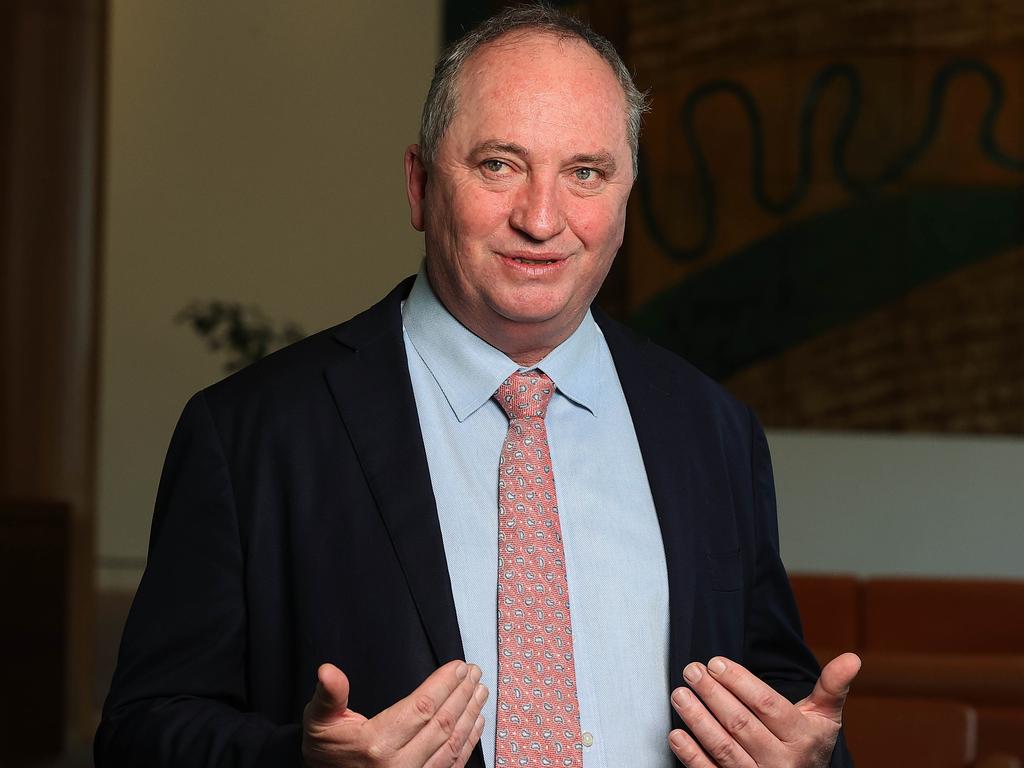

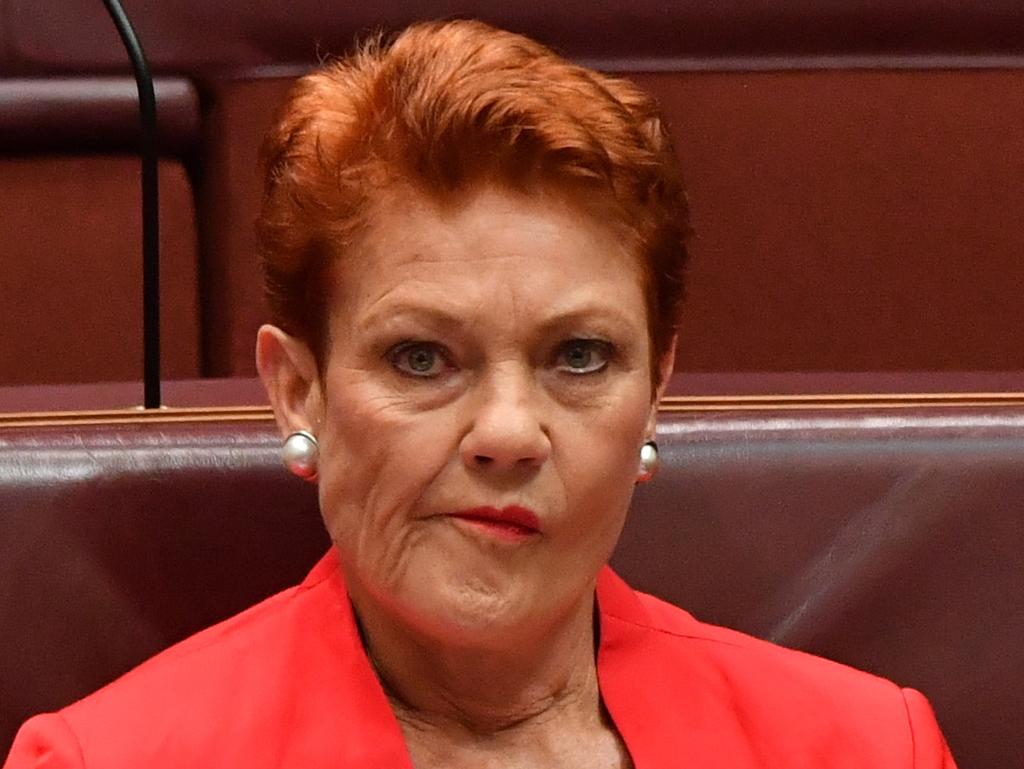
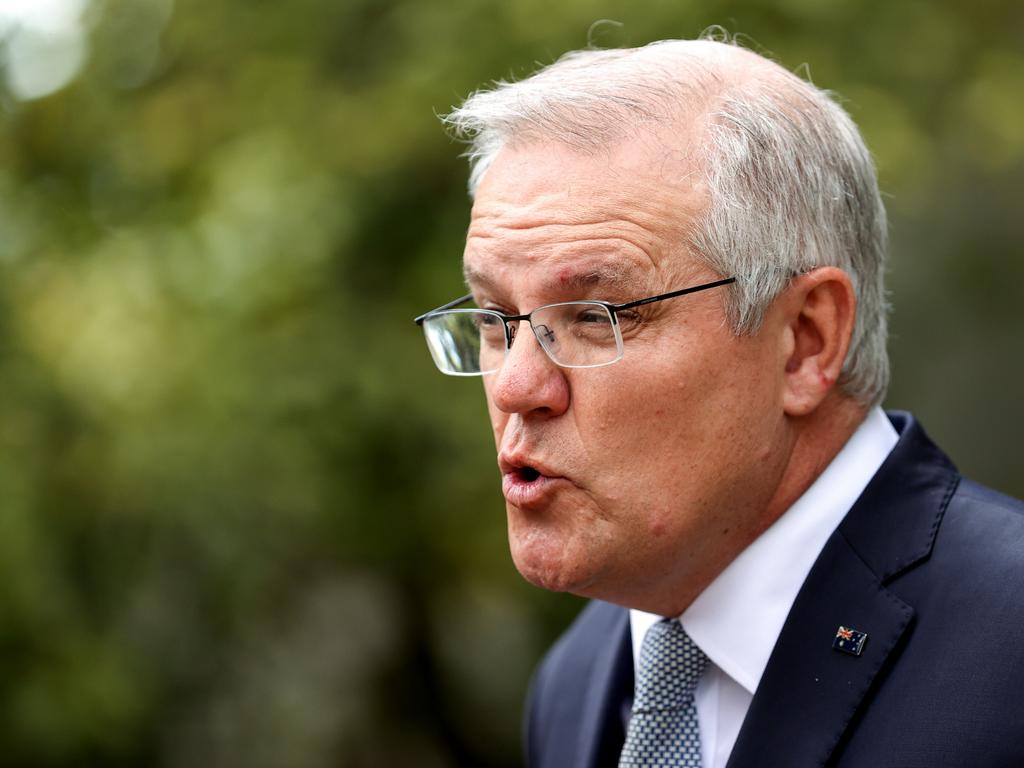


To join the conversation, please log in. Don't have an account? Register
Join the conversation, you are commenting as Logout